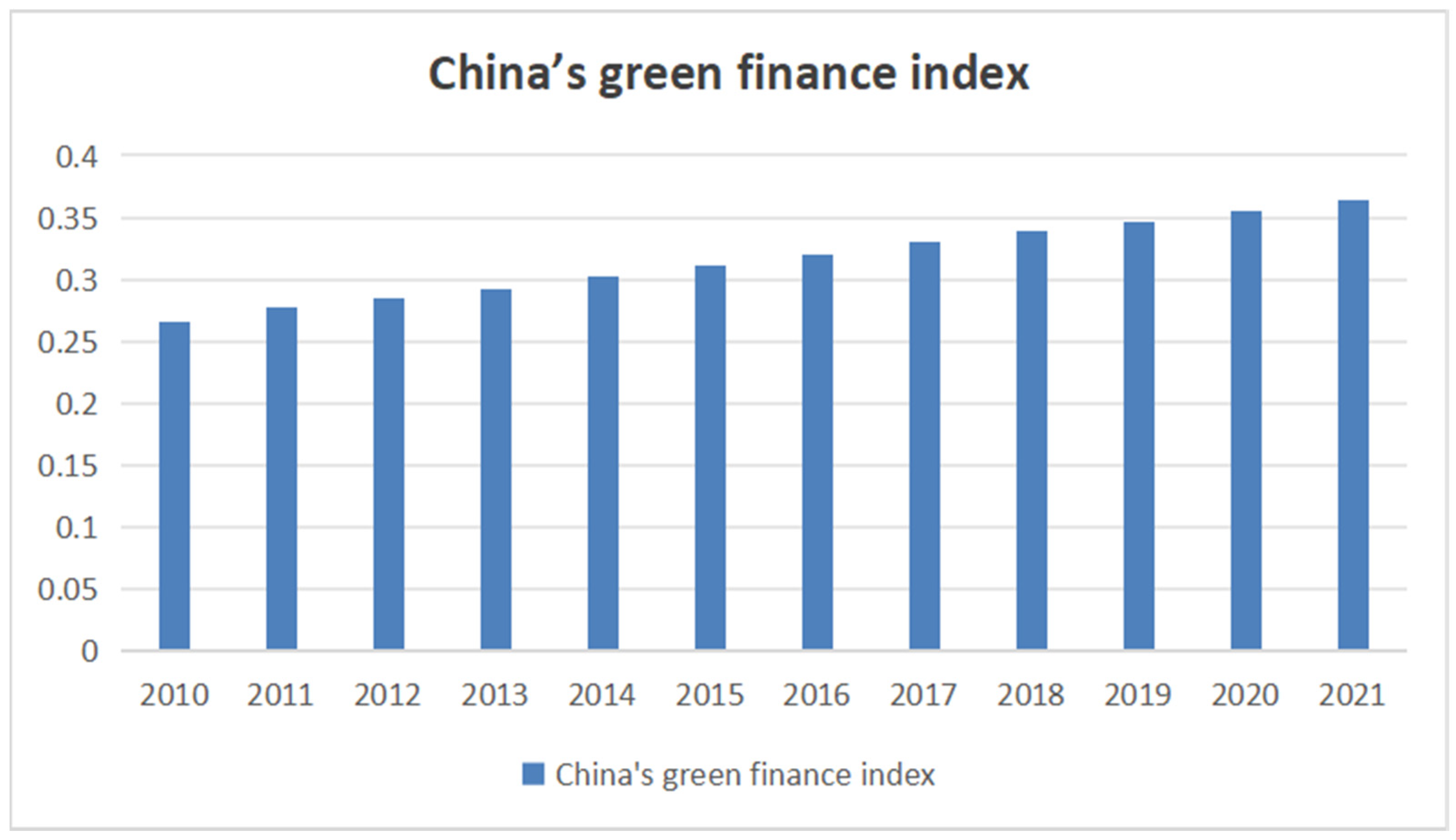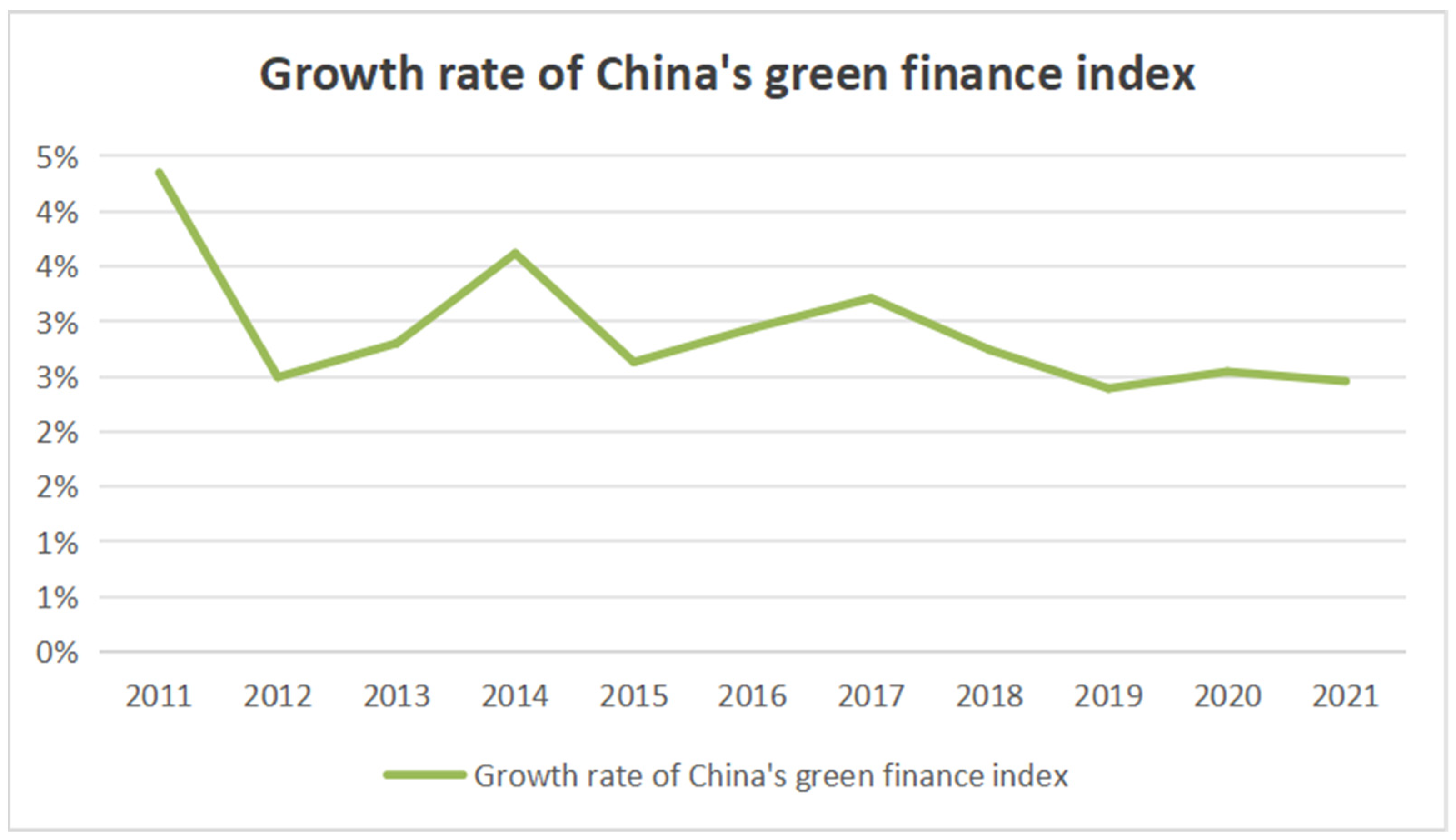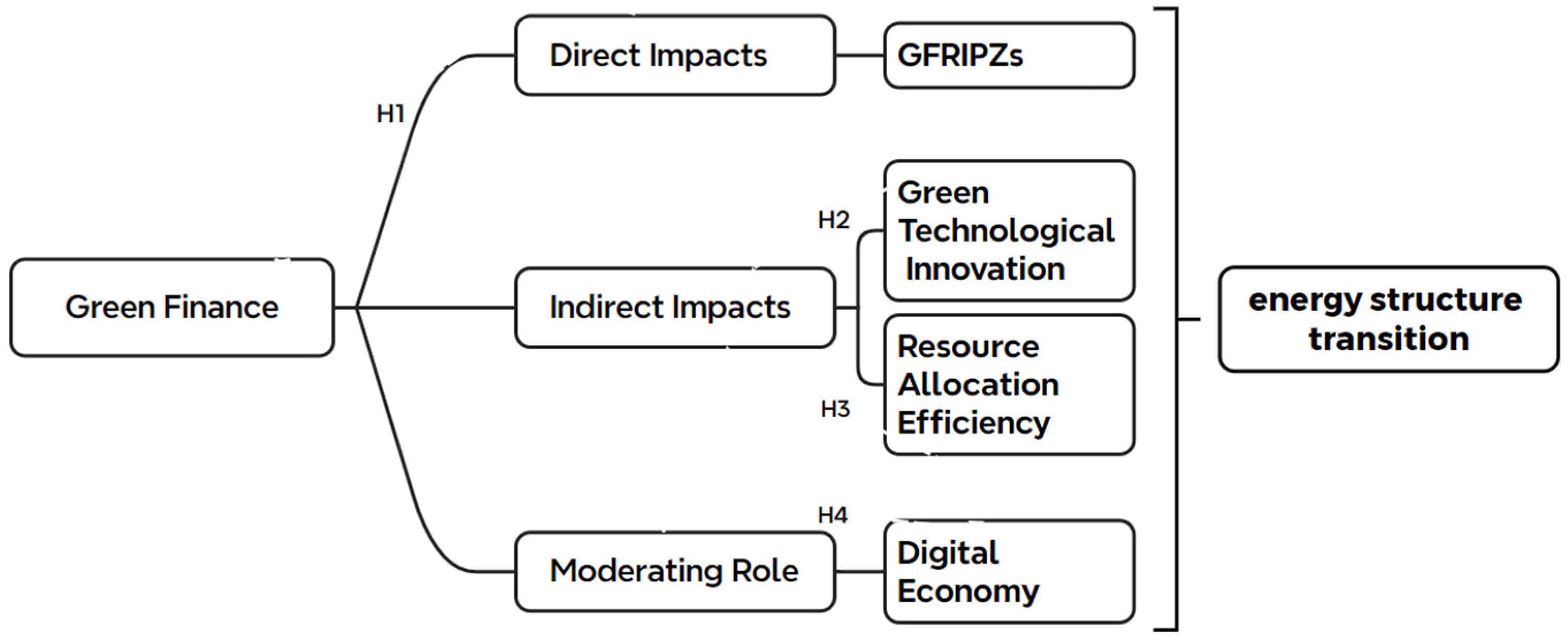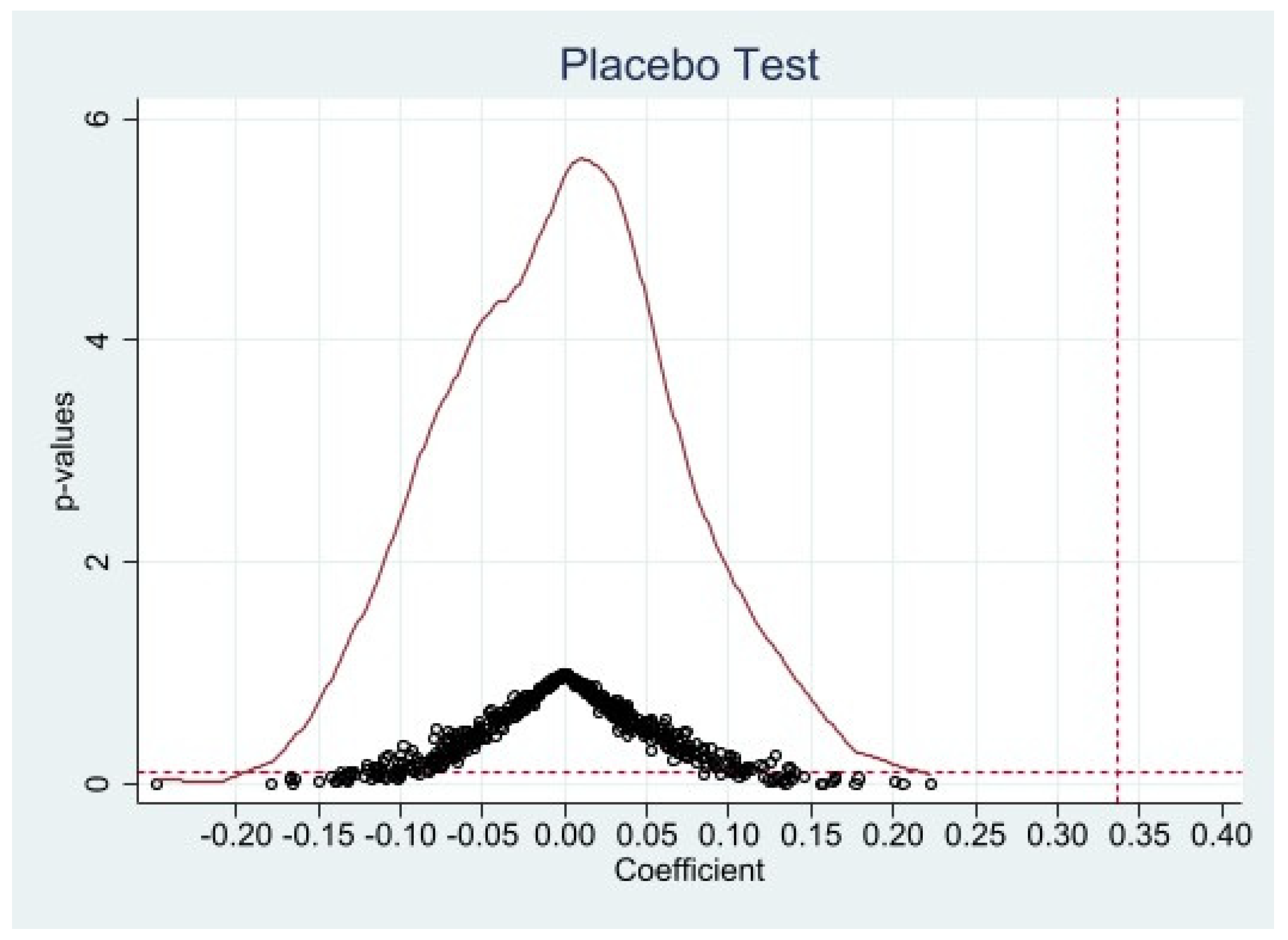1. Introduction
The global climate crisis is reshaping human development agendas at an unprecedented pace. Over the coming decades, Earth’s climate will undergo significant changes due to anthropogenic greenhouse gas and aerosol emissions, and the primary goal of any mitigation strategy to avoid climate change risks is to reduce greenhouse gas emissions [
1]. China’s 20th National Congress explicitly emphasized “promoting clean, low-carbon, and efficient energy utilization”, while the State Council’s Action Plan for Carbon Peaking Before 2030 set a binding target to increase the share of non-fossil energy consumption to 25% by 2030. These initiatives underscore energy structure transition as a cornerstone of China’s high-quality development. Globally, however, this transition faces formidable barriers: the existence of various barriers to energy efficiency [
2] and energy poverty persist [
3]. For China, as a latecomer to industrialization, the task is uniquely daunting. Unlike early industrializers such as the UK and France, which transitioned gradually from coal to oil and renewables over centuries, China must face the double pressure of the sustainable development of energy use and environmental protection [
4].
The escalating energy crisis and the environmental toll of fossil fuel use demand urgent action. Excessive reliance on fossil fuels not only depletes finite resources but also exacerbates pollution, threatening public health [
5]. Transitioning to cleaner energy systems is imperative. Yet, China’s energy structure optimization faces challenges such as the lack of coordination and consistence in policy, completeness in encouragement systems, and innovation in regional policy [
6]. As the backbone of the economy, the financial sector must assume a pivotal role in addressing these challenges by leveraging green finance to drive structural reforms.
China has emerged as a global leader in green finance policy implementation [
7]. Since the 2016 Guidelines for Building a Green Financial System, the country’s green finance framework has rapidly matured. By 2019, China’s green bond issuance exceeded CNY 3.39 trillion, accounting for 21.3% of the global total, while green loans surged from CNY 4.85 trillion in 2013 to CNY 8.3 trillion in 2017, driving systemic reductions in carbon emissions [
8]. Despite these advancements, scholarly research on how green finance facilitates energy structure transition remains underdeveloped. Critical questions persist: Can green finance catalyze China’s energy transition? Does its impact vary across regions? Through which pathways does it operate? What factors influence its effectiveness, and how can policies be optimized? Addressing these questions holds profound theoretical and practical significance for understanding green finance’s role in sustainable development.
This study leverages panel data from 259 Chinese cities (2012–2022) and employs the GFRIPZ policy as an exogenous shock to empirically test green finance’s impact on energy structure transition using a multi-period DID model. The findings demonstrate that green finance significantly accelerates energy structure transition, with robustness checks confirming the results. Dynamic effect analysis reveals intensified policy impacts post implementation. Heterogeneity analysis highlights stronger effects in resource-based cities, central–western regions, and cities with higher administrative levels. Mechanism analysis identifies green technological innovation and resource allocation efficiency as key pathways, while the digital economy, particularly artificial intelligence, emerges as a positive moderator. These insights provide actionable recommendations for leveraging green finance to advance China’s energy transition and achieve its dual carbon goals.
This study contributes to the literature in three ways. First, it expands research on the economic and environmental impacts of green finance policies, enriching the theoretical framework of green finance. However, research studies have overlooked green finance initiatives on energy structure transition to some extent [
9]. On the basis of exploring energy innovation under the impact of green finance [
10], this work constructs a quasi-natural experiment based on the GFRIPZ policy, offering novel evidence on green finance’s role in energy transition and enhancing policy-oriented energy economics research in the Chinese context. Second, it uncovers the intrinsic mechanisms linking green finance to energy optimization. Existing studies largely focus on green finance’s relationship with emissions instead of its mechanism [
11], especially with the limited exploration of resource allocation mechanisms [
10]. By integrating green innovation and resource allocation efficiency, this study deepens our understanding of how policy-driven financial mechanisms reshape energy systems. Additionally, while prior research emphasizes technological progress [
12] and carbon efficiency [
13], this work introduces the digital economy, especially AI, as a moderating factor, broadening the analytical scope. Third, it proposes targeted policy recommendations to enhance green finance’s practical relevance. Despite mature green finance practices, regulatory frameworks remain underdeveloped [
14]. Although some studies have analyzed the effects of influencing green finance and energy structure, there is relatively little focus on the analysis of heterogeneity differences in urban levels [
15]. By analyzing heterogeneity across city tiers, regions, and resource endowments, this study provides nuanced insights for policymakers to tailor strategies and optimize energy structures.
7. Conclusions and Policy Suggestions
7.1. Conclusions
Against the backdrop of China’s progressive implementation of the “dual carbon” goals, this paper evaluates the impact of green finance on urban low-carbon energy structural transitions using panel data from 259 prefecture-level and above cities in China (2012–2022) through a DID model. The key findings include the following: Green finance policies significantly promote urban energy structural transformations, with more pronounced effects in resource-based cities, central–western cities, and higher-tier cities. Furthermore, green finance effectively stimulates energy structural optimization through mediation effects of green technology innovation and resource allocation efficiency, moderated by the digital economy. Here are more specific conclusions.
The research results of this article are consistent with the existing literature in most aspects. Specifically, based on previous research on green finance and energy efficiency and conservation [
31,
64], this article explores the relationship between green finance and energy structure transformation. Similarly to Jiang (2022) and Huang (2019), green finance brings financial and technological support to cities, enabling them to spend more resources on green innovation, produce more environmentally friendly products using clean energy, and promote energy structure transformation [
37,
44]. Under the guidance of green finance policies, environmentally friendly regions have emerged, green resources have been optimized, and renewable energy has been more fully utilized. Furthermore, core cities and resource-based cities exhibit significant effects due to their resource endowments, which builds upon and significantly extends the foundational work established in prior research [
15,
65]. This consistency promotes people’s understanding of the field.
However, this paper extends the existing literature in key ways. Although Nepal (2024) suggests that green finance promotes energy changes in the eastern region [
10], the heterogeneity analysis in this article shows the opposite results. Green finance is significant in the central–western cities instead of the eastern region. In the central–western cities, financial instruments are quite scarce, and green finance plays an important role in environmental protection and sustainable projects. In addition, this research introduces the digital economy, particularly artificial intelligence, as a moderating factor, a dimension underexplored in prior studies [
36,
55]. The digital economy, with its technological advantages, can accurately calculate carbon emissions, define the ownership of green financial products, regulate the use of various resources, scientifically calculate the environmental and social benefits of projects, and guide the investment of green finance in energy utilization. These contributions reinforce the theoretical framework of green finance while addressing calls for context-specific analyses in energy transition research.
7.2. Policy Suggestions
Based on these conclusions, the following policy implications are proposed:
First, expand policy coverage and optimize implementation channels. This study demonstrates that green finance policies exert remarkable driving effects on Chinese cities’ energy conservation and emission reduction efforts. It is recommended to expand policy implementation beyond current scopes to accelerate China’s green transition and high-quality development. Simultaneously, governments should enhance business environments, streamline policy implementation channels, and provide robust support for green finance development to mitigate issues such as high financing costs and superficial policy execution.
Second, innovate green financial products and services. The findings indicate that green technology innovation and resource allocation improvements driven by green finance facilitate energy structural optimization, contributing to the Beautiful China initiative. Additionally, the digital economy plays an indispensable role. Therefore, we propose developing innovative green products, increasing investments in emerging sectors like artificial intelligence, leveraging big data and cloud computing to strengthen heavy-polluting enterprise monitoring, guiding orderly participation in carbon emission trading, and optimizing human/material/financial resource allocation across sectors to achieve energy transition goals.
Third, implement differentiated regional development strategies. Heterogeneity analysis reveals that resource-based cities, central–western cities, and higher-tier cities are more responsive to policies. Governments should adopt regionally differentiated approaches tailored to local conditions, optimizing resource allocation based on regional realities. Policies should be formulated according to local contexts, leveraging unique advantages to guide enterprises’ transition from traditional to clean energy sources, avoiding the indiscriminate replication of strategies.











